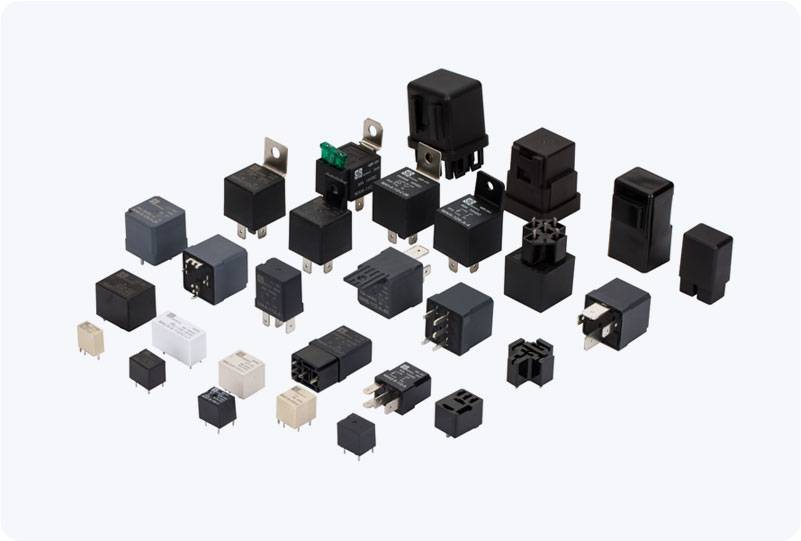arc-free relay: a breakthrough in electrical switching technology
Release time:2025-04-21 13:25:30
Relays are integral components in modern electrical systems, functioning as electromechanical switches that control the flow of current in a circuit. While they are widely used in applications ranging from industrial control systems to automotive electronics, one major limitation of traditional relays is the generation of arcs during switching operations. These arcs, which occur when electrical contacts break or make, can cause significant damage to the contacts, reducing the reliability and lifespan of the relay. To address this problem, engineers have developed the Arc-Free Relay—a revolutionary advancement that enhances the performance and durability of relays by minimizing or entirely eliminating the occurrence of arcing.

What is an Arc-Free Relay?
An Arc-Free Relay is a type of relay that has been specifically designed to prevent the formation of electrical arcs during the switching process. In a typical relay, when the contacts open or close, the sudden interruption or establishment of current flow can cause a brief but intense discharge of energy, resulting in a visible arc between the contacts. This arcing process not only damages the contacts but can also lead to premature relay failure, system malfunctions, and even safety hazards in extreme cases.
Arc-Free Relays are designed with advanced materials, innovative contact arrangements, and special mechanisms that either prevent the arc from forming or extinguish it almost immediately. These relays are particularly valuable in applications where frequent switching of high-current or high-voltage loads is required, such as in automotive, industrial, and telecommunications systems.


